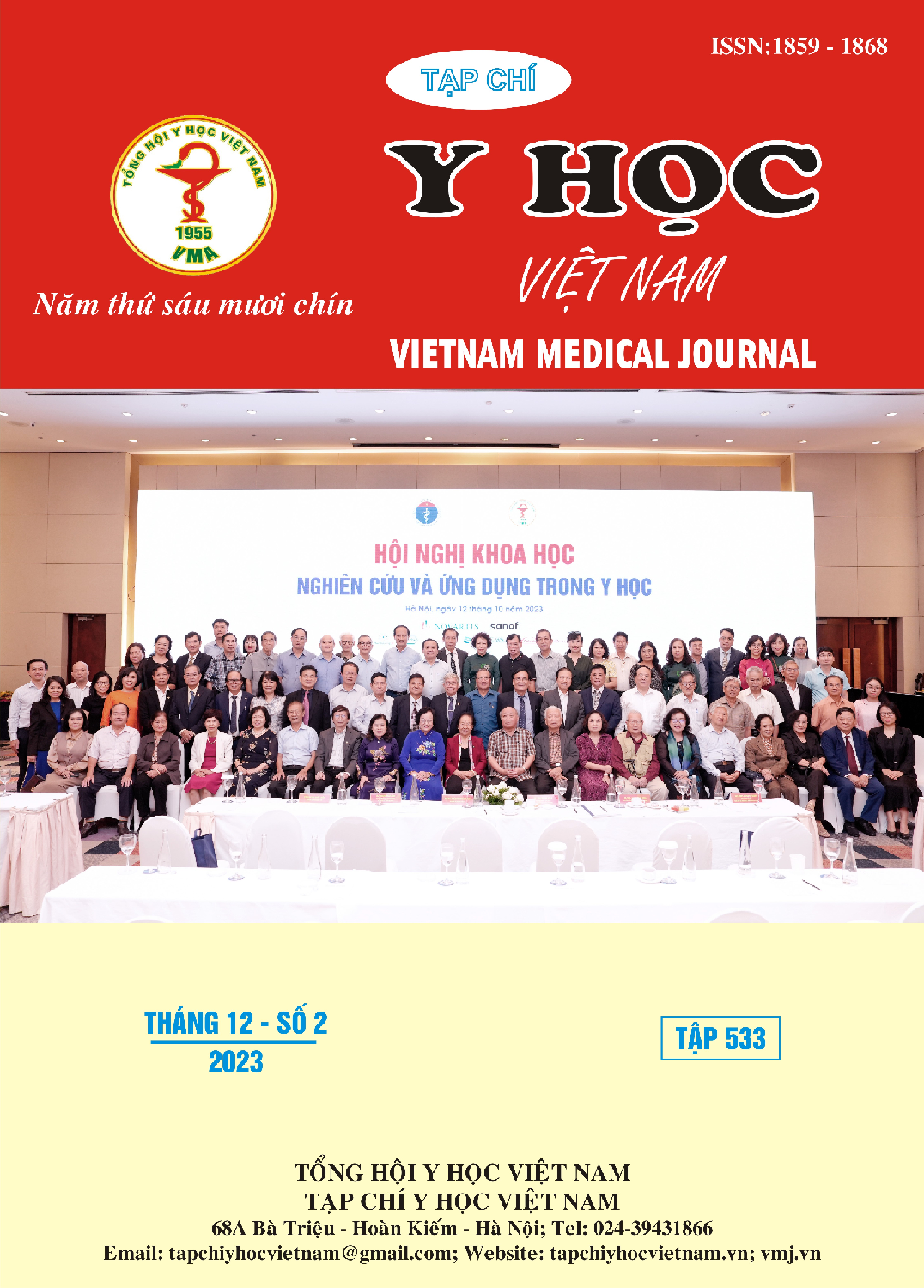THE SAFETY OF FRACTIONAL 1064NM Nd:YAG PICOSECOND LASER IN SKIN REJUVENATION
Main Article Content
Abstract
Introduction: Skin aging is a complex process with many changes in structure and function of the three layers of the skin. This leads to pigmentation disorders, loss of elasticity and smoothness, fine lines and wrinkles on the skin. Treatment modalities include sun protection, topical and oral anti-aging agents, chemical peel, laser and light therapy as well as minimally invasive procedures such as filler, botulinum toxin injection and threadlift. There has been a remarkable increase in the demand for effective and safe with no downtime therapies in skin rejuvenation. In Vietnam, although picosecond lasers are widely used, no studies have been conducted to evaluate the safety of this treatment modality. Materials and Methods: 44 patients were recruited in this longitudinal case series study. A fractional 1064 nm Picosecond laser was used for skin rejuvenation. Results: Typical side effect was transient erythema (68.18% of the patients). Post inflammatory hyperpigmentation was not noticed in all of the subjects. Mild pain was experienced by 61.36% of the patients. There was a statistically significant difference in the side effects between groups of patients having different level of sun exposure. Conclusion: Fractional 1064 nm Picosecond laser is safe in skin rejuvenation for Vietnamese patients.
Article Details
References
2. Guss, L., M.P. Goldman, and D.C. Wu, Picosecond 532 nm neodymium-doped yttrium aluminium garnet laser for the treatment of solar lentigines in darker skin types: safety and efficacy. Dermatologic Surgery, 2017. 43(3): p. 456-459.
3. Gescheider, G.A., et al., The effects of aging on information-processing channels in the sense of touch: I. Absolute sensitivity. Somatosensory & motor research, 1994. 11(4): p. 345-357.
4. Wong CSM, Chan MWM, Shek SYN, Yeung CK, Chan HHL. Fractional 1064 nm picosecond laser in treatment of melasma and skin rejuvenation in Asians, a prospective study. Lasers in Surgery and Medicine. 2021;53(8):1032-1042.
5. Chen Y-T, Lin E-T, Chang C-C, et al. Efficacy and safety evaluation of picosecond alexandrite laser with a diffractive lens array for treatment of melasma in Asian patients by VISIA imaging system. Photobiomodulation, Photomedicine, and Laser Surgery. 2019;37(9):559-566.
6. Eimpunth S, Wanitphadeedecha R, Manuskiatti W. A focused review on acne‐induced and aesthetic procedure‐related postinflammatory hyperpigmentation in Asians. Journal of the European Academy of Dermatology and Venereology. 2013;27:7-18.
7. Haimovic A, Brauer JA, Bae Y-SC, Geronemus RG. Safety of a picosecond laser with diffractive lens array (DLA) in the treatment of Fitzpatrick skin types IV to VI: a retrospective review. Journal of the American Academy of Dermatology. 2016;74(5):931-936.
8. Chan JCy, Shek SYn, Kono T, Yeung CK, Chan HHl. A retrospective analysis on the management of pigmented lesions using a picosecond 755‐nm alexandrite laser in Asians. Lasers in Surgery and medicine. 2016;48(1):23-29.
9. Alexis A. Lasers and light‐based therapies in ethnic skin: treatment options and recommendations for F itzpatrick skin types V and VI. British Journal of Dermatology. 2013;169:91-97.
10. Chayavichitsilp P, Limtong P, Triyangkulsri K, Pratumchart N. Comparison of fractional neodymium-doped yttrium aluminum garnet (Nd: YAG) 1064-nm picosecond laser and fractional 1550-nm erbium fiber laser in facial acne scar treatment. Lasers in Medical Science. 2020;35(3):695-700.


